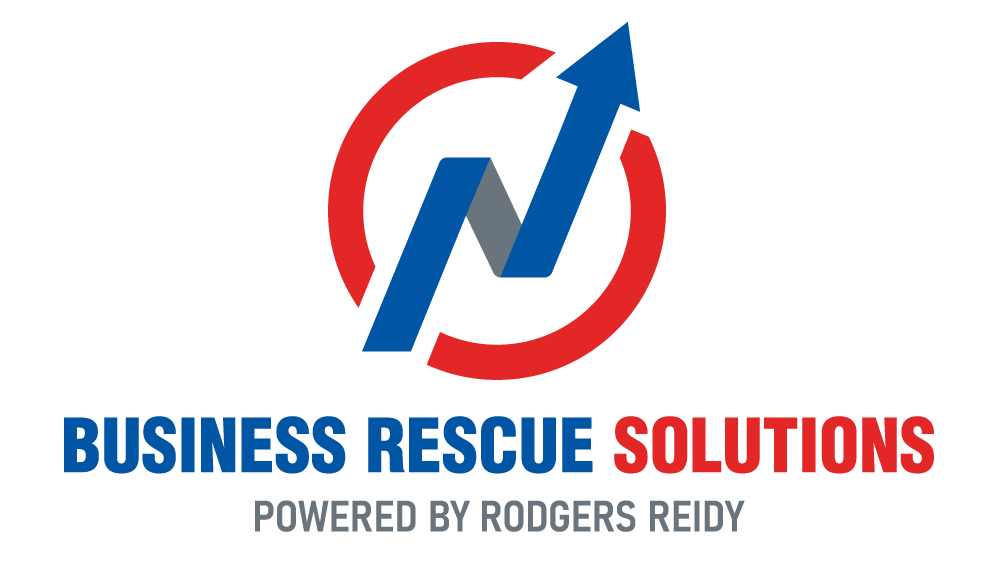Saving a business can be a difficult task, but it’s made easier with the help of experienced and knowledgeable leaders in business like those at Business Rescue Solutions. When your business is at risk, you can come to Business Rescue Solutions to talk through your options.
Some of the things that might happen to put your company at risk include events like the COVID-19 pandemic or other random events like natural disasters or unexpected changes in the global stock market. These can have a huge impact on the success of your business and may cause you to rack up debts that you can’t pay back or put you at risk of going out of business. This is called insolvency.
When a company is at risk of becoming insolvent, or is already insolvent, the directors may choose to go into voluntary administration. Voluntary administration is a process whereby a voluntary administrator is appointed to take over the business from the shareholders and directors, and assesses the feasibility of continuing the business.
Before going into voluntary administration the directors must get written consent from a licensed liquidator to ensure that they have someone who is appropriately trained and professionally able to manage their debt situation for them.
The voluntary administrator has several steps that they might take, including deciding to shut down the business if the debts have begun to rack up too high, or if they can’t see the situation that put your business into debt changing soon. They may also choose to come up with a restructuring plan to keep your business operational.
Immediately after appointment, the control of the company passes from the directors to the administrator. This allows the administrator to address debts and implement any strategies to keep the business running.
The voluntary administrator will then consult with the creditors (the people who have lent you money and to whom you owe debts), and they will ultimately be the ones who determine the feasibility of keeping your business running and paying off the debts, or whether it should be closed and undergo liquidation to repay the creditors as much as possible.
The first consultation must occur within eight business days and is when the decision is made about whether to form a committee of creditors. The administrator will also send a first report and meeting notice to all creditors informing them of the voluntary administration.


